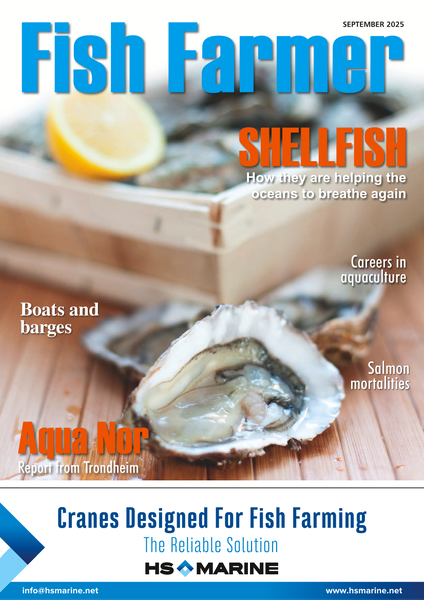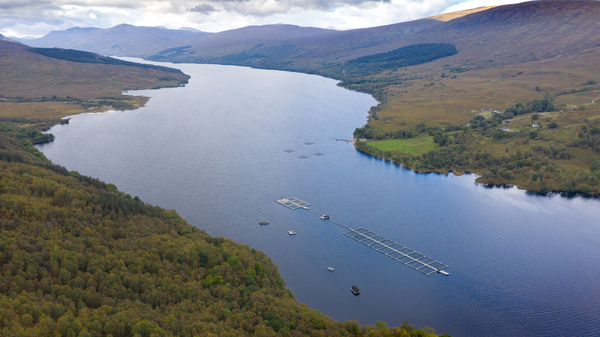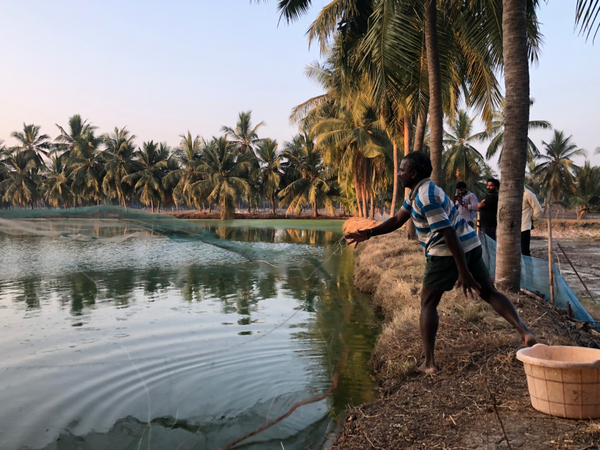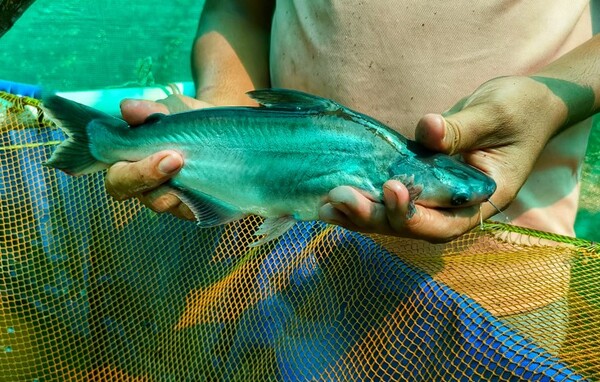Life returns
Earlier this month, at least half a million European flat oysters (Ostrea edulis) were introduced into the Port of Rotterdam as part of a new pilot project.
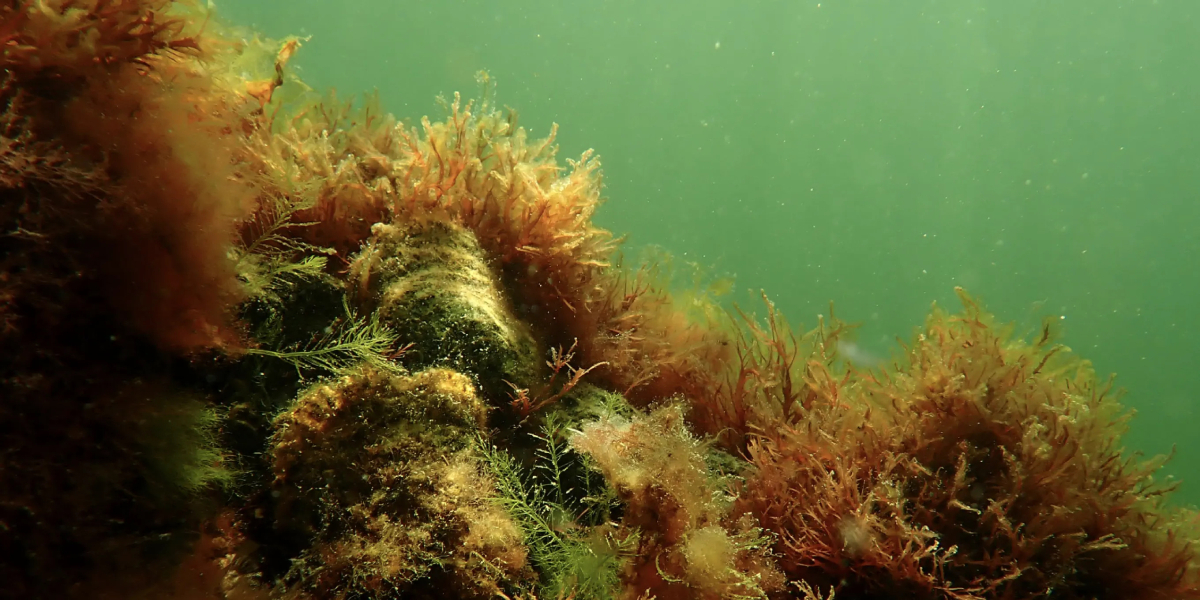
It was the trial run of an innovative method combining nature restoration and the installation of marine infrastructure, such as wind turbines, breakwaters and subsea cables. Before being installed at sea off Rotterdam, the foundations of this infrastructure was covered with juvenile oysters.
This pilot is part of a unique partnership between Netherlands company Van Oord and other businesses, research institutions, and nature organisations, working together to restore oyster reefs in the North Sea on a large scale.
Royal Van Oord is a Dutch maritime contracting company that specialises in dredging, land reclamation and constructing man-made islands. Its Ocean Health initiative is dedicated to restoring marine habitats around the world.
Oysters form large-scale subsea reef structures by clustering together over the course of their lifespan. The reefs create a solid bedding full of nooks and crannies that are ideal habitats for numerous types of plants and animals. The oysters also filter the water, release nutrients and absorb waste products. All this makes them a vital factor in sustaining life in the North Sea.
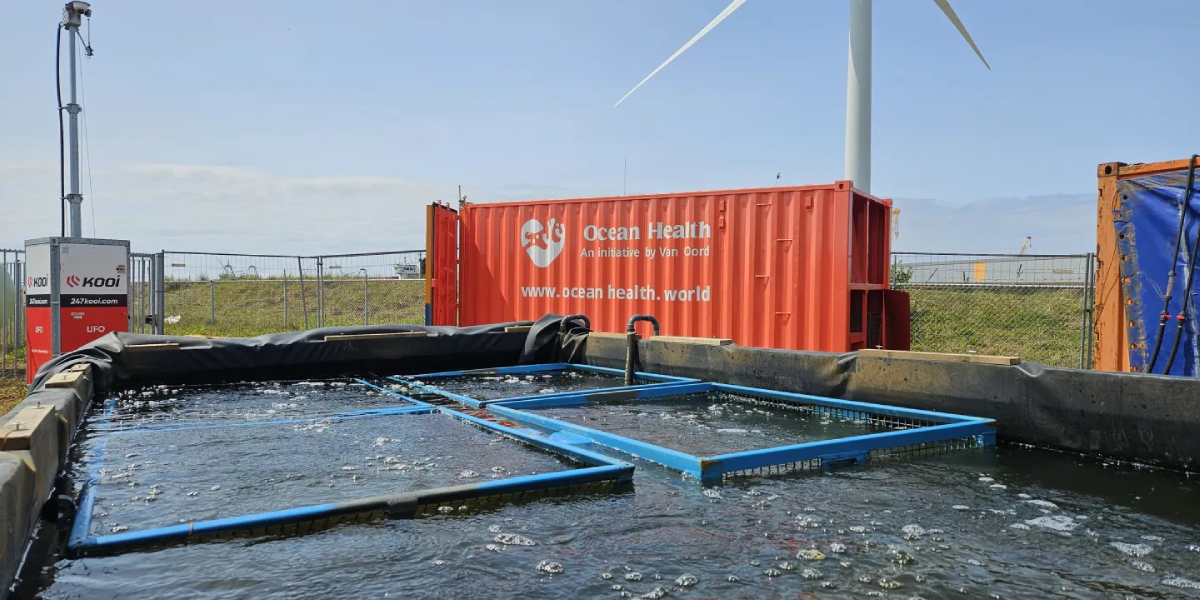
The North Sea’s oyster reefs have disappeared almost entirely, due to overfishing, pollution and disease. A new method, being pioneered here, could make a significant contribution to regrowing the reefs.
The new method, known as the remote setting method, involves cultivating millions of oyster larvae in a dedicated hatchery before transferring them to a harbour or other location close to the sea. There, they are placed in shipping containers filled with seawater and rocks. In just a few days, the larvae attach themselves to the rocks and then grow into juveniles. The consortium is also investigating the influence of reef sounds. If flat oysters use these sounds to find a suitable habitat for themselves, the sounds could be used to improve their chance of settling.
After a few weeks, the shipping containers are loaded onto vessels. The rocks bearing the juvenile oysters are released into the sea, where they seek their new habitat. If successful, this modular, flexible design will provide a cost-efficient method for reef restoration that can be applied anywhere and on any scale.
By incorporating the oyster-bearing rocks directly into the engineering, construction and maintenance of wind farms, subsea cabling, breakwaters, platforms and other marine structures, the consortium members are combining marine infrastructure and large-scale nature restoration. Researchers will spend the next few months monitoring the survival and growth rates of the oysters. Next year, the consortium members plan to test the remote setting method again, at a TenneT cable crossing in open sea.
Nienke Oostenbrink, Pilot Lead & Business Developer for Van Oord Ocean Health, says: “Thanks to close collaboration, our consortium has been able to deliver and implement a major innovation. I’m extremely proud of that. It holds promise for scaling up nature restoration in the North Sea and may have a significant positive impact in years to come.”
The project draws on the expertise of nine consortium partners: Wageningen Marine Research, Wageningen University & Research, ARK Rewilding Nederland, Stichting Zeeschelp, Waardenburg Ecology, Van Oord Ocean Health, TenneT, Port of Rotterdam Authority and De Rijke Noordzee (a joint venture between Dutch nature conservation organisations Stichting de Noordzee and Natuur & Milieu).
The companies, public knowledge institutions and nature conservation organisations that make up the consortium have spent the past three years working together to refine the remote setting method.
Why not try these links to see what our Fish Farmer AI can tell you.
(Please note this is an experimental service)
